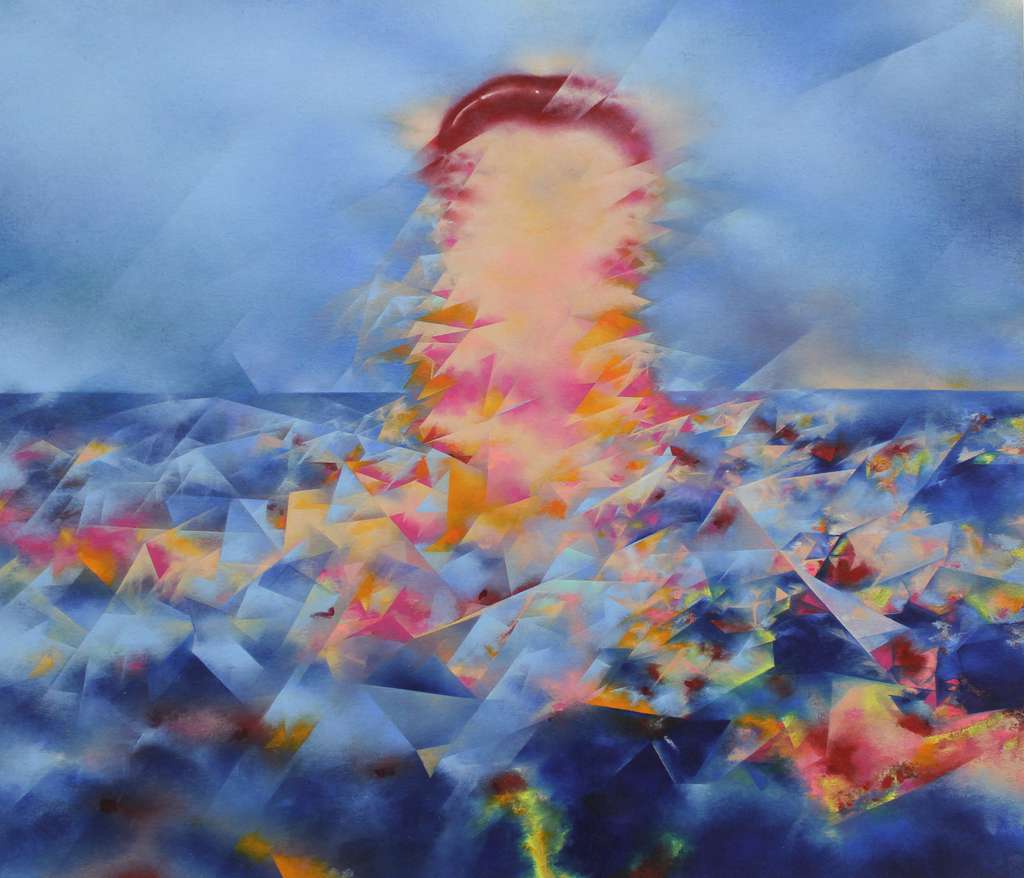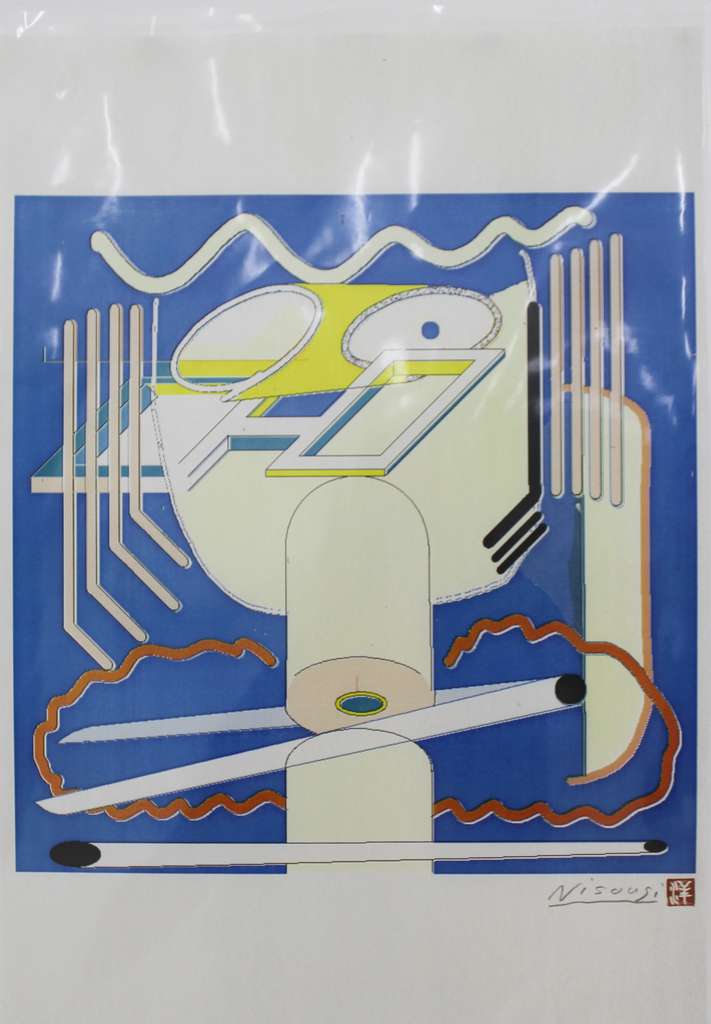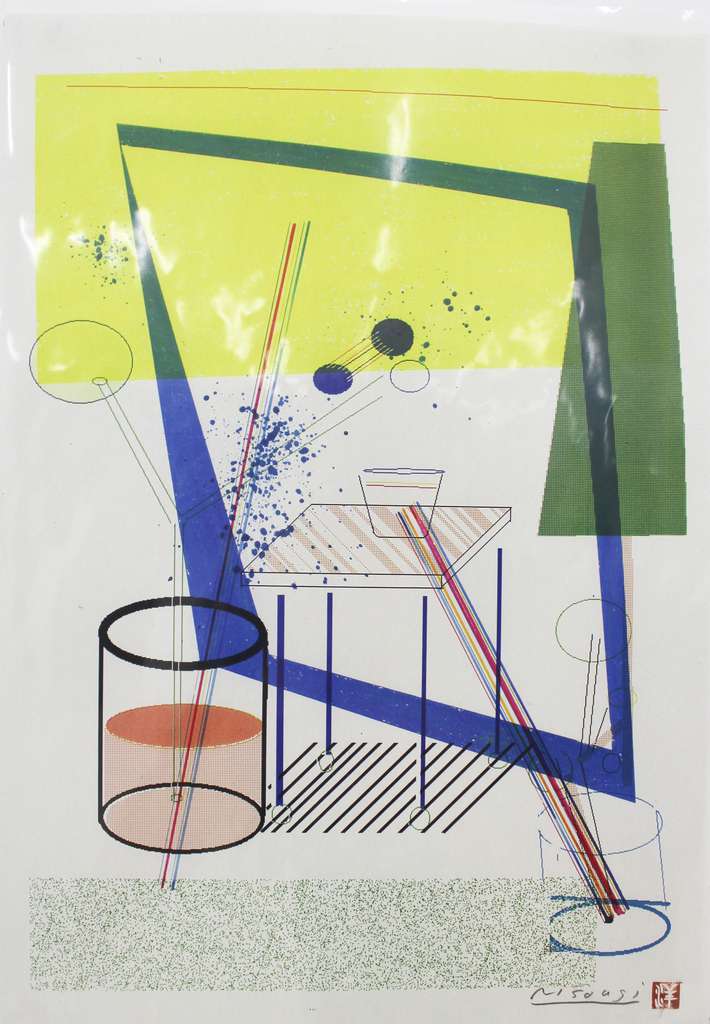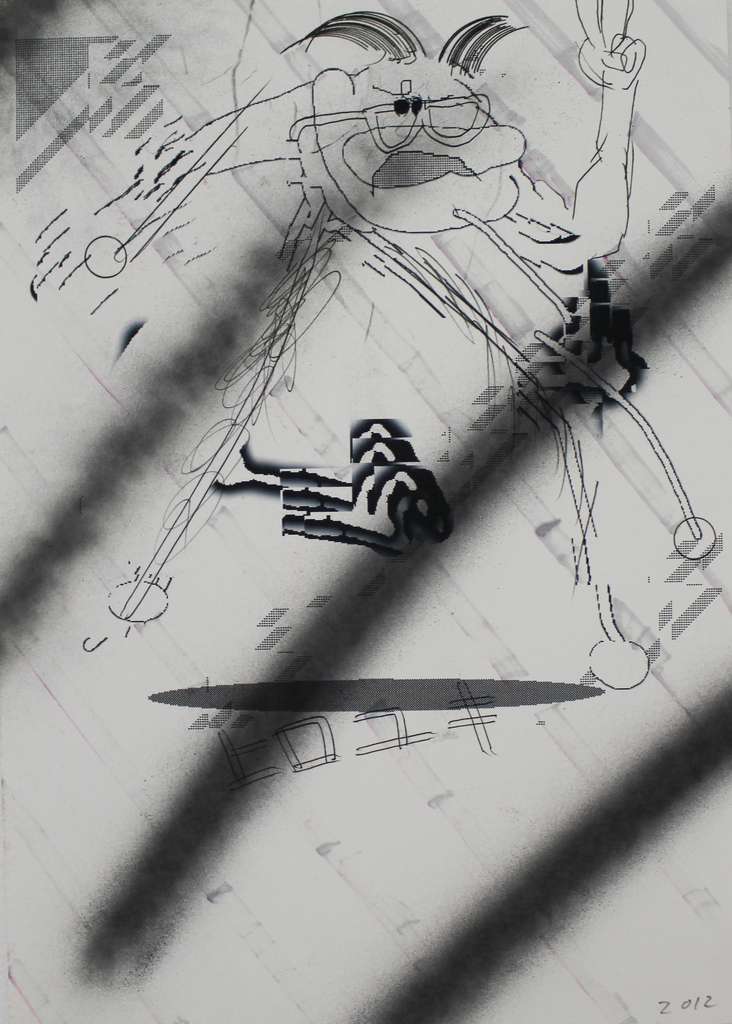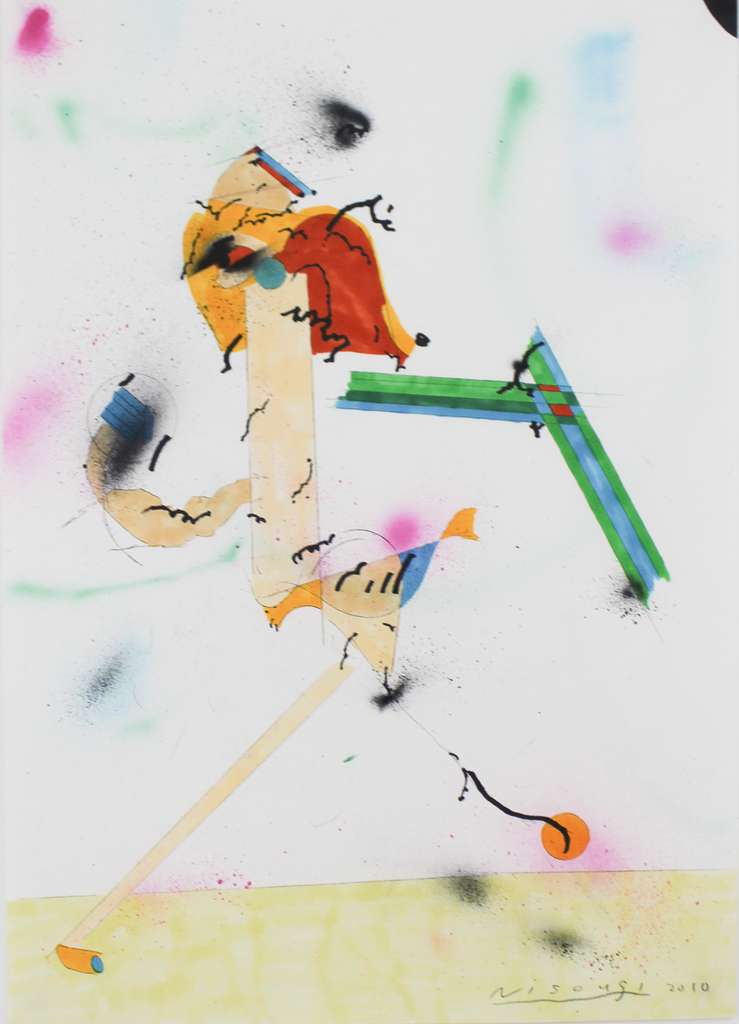II Tenki
Hiromi Iuchi, Shizu Mizuno, Hiroyuki Nisougi, Fuyuhiko Takata, and Masakazu Takatori, curated by Morgan Betz
Curated by Morgan Betz
"ii tenki desu ne" - "nice weather isn't" an elderly lady stands on her porch in a Tokyo suburb greeting a passerby who's walking her dog. "Yes, it's such a nice day. It might rain later though" is the dog owner's equally pedestrian reply.
The topic of weather is always a kind surrogate for a more direct approach in expressing intentions or interests. Who has not held or overheard a similar conversation recently. How do we talk to each other and what sense do we make of each other?
It somehow made me think of a great movie from 1968 in which Toshiru Mifune, the star of many Akira Kurosawa movies, and the all-American actor Lee Marvin, play two enemy WWII officers who are shipwrecked on an uninhabited island in the Pacific Ocean. Initially their hostilities towards each other are aggravated because neither speaks the others language. The movie exploits this by not providing subtitles and so Japanese and English speaking viewers are both left to figure out half of what's being said - just as much as the two enemies on that Island are. Slowly but surely the understanding that emerges is that both men despite the language barriers and prejudices are much closer in their humanity than their enemy status would have them believe. They experience the same despair and joy, fears and frustrations, hunger and ecstasy. Equally mortal and desperate to survive they have to start appreciating each other to make it out alive. No man is an island. This is the case for all of us. It is both a great loss and a disadvantage if we are to live our lives lost in translation, following superficial notions of the other by viewing them as exotic curiosities. In this light, the artists selected for this exhibition make work that goes beyond the usual suspects, those wide eyed doll like creatures, that we in the west have come to expect as the standard grade of export Japanese popular culture. All participating artists share highly personal approaches in their art making practice and their works touch on deeper more subtle and universal nerves and themes, beyond the poppy gloss and seeming incomprehensible Japanese weirdness that sometimes blinds people's gaze into the land of the rising sun.
Fuyuhiko Takata (1986) is not afraid to simultaneously entertain and challenge his audience. In his absurd, comically grotesque video works that deal with private obsessions vs. our public persona he explores notions of sexuality and identity. Often filmed in his apartment, and drawing inspiration from teenage memories and social observations, he sets a stage of intricately worked backdrops, costumes and props, which can make us feel like we are voyeurs entering a private domain of fantasies.
Despite their often colourful and playful appearance the drawings and printed works made by Hiroyuki Nisougi (1983) show characters in various states of despair, trapped within systems and spaces without clearly definable function. Filled with a feverish futuristic nostalgia and referring to the anti-professionalism of post-punk from the 80’s, he often employs seemingly outdated software to produce digital prints with a painterly sensibility. What lies in his works is a sort of omen of our unknown future. Mazakazu Takatori (1980) makes large immersive installations that feature paintings of young women, abstract pencil drawings, cut out shapes and collages that are always ambiguous as to their exact combined meaning. Caused by frustration with the imagery he grew up with in the 1980's and 90's and a fascination with the canon of western painting traditions, he attempts to create a dialogue between these disparate sources in which he does not shy away from being uncool to the point of painful self-confrontation. The paintings of Hiromi Iuchi (1981) are both a meditation on her immediate natural surroundings as well as an attempt to give shape to a myriad of possible worlds and viewpoints. She alternately combines precise and deliberate gesture with moments of chance in works that walk the line between navigating a spiritual realm on the one hand and a quest for a painterly solution to real world situations on the other.
Shizu Mizuno (1986) is a natural storyteller. In her manga (comics, animations) she mixes personal anecdotes and surreal fiction- never failing to lay bare the human condition. With a sharp eye for the tragicomedy of our daily existence, her witty and humorous works combine feelings of exaltation, frustration and general awkwardness in drawings that show an acute sensibility for its subjects.


